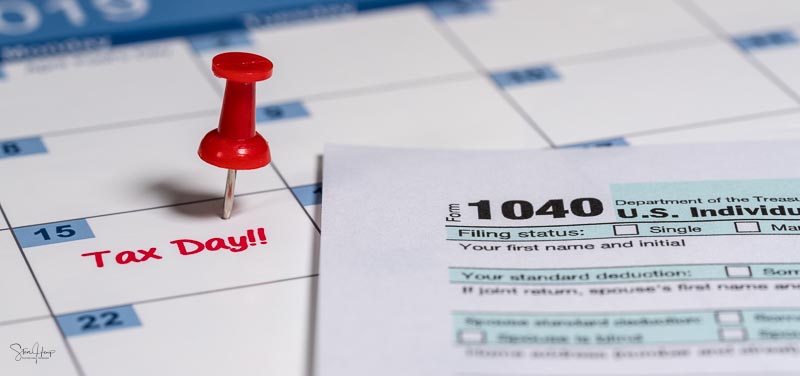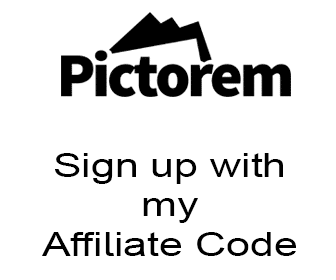My Home Studio
I create quite a few stock photos and videos in what I laughingly call my home studio, but what does that entail? Do you need a lot of gear to make excellent images and videos? I think the answer is no!
Basically, I have a room (at the top of the house which keeps me in shape) that is my computer room, TV room and studio. I’ve moved recently to a stand up desk arrangement with my two monitors and Wacom tablet on the top level and the keyboard on the level below that. The studio portion is whatever space I need for the subject I have in mind:
You can see the standing desk on the right – it is actually a Flexispot M3B with a 47 inch wide top if you are interested. We have a couple of glass topped tables in the room – this is the largest one and is great for videos as you will see. The smaller one is about 2 feet square and is much easier to move about. I then have simple white (and other color) foamboards that I use for backgrounds, for adding fill light, etc. and also a 2 x 2 foot acrylic panel in both white and black. These are great for surfaces under the subject as you can get a reflection of the object and sometimes the backdrop (for instance that painted US flag) which works well for certain subjects. You will see them in the video, but I have two Aputure H528W LED lights – the H528W and H528S which came in a kit with Canon style batteries and some cheap light stands. They can be adjusted for brightness, have a panel that shifts the color temperature to Tungsten from Daylight if needed and one is a bit more like a spotlight, although, to be honest, I rarely look to see which one is where! I use those for both stills and photos as I can always use a tripod and use whatever shutter speed I need to get the depth of focus required. I also have a 40W LED bulb that goes into a Neewer 24 x 24 inch softbox that I use to give much softer light when needed.
None of this stuff is very high quality, but it works and it doesn’t really matter to me that the light stands are a bit wobbly – they aren’t being used at full height anyway. I do have some better quality ones that I use with sand bags when I’m taking portrait shots and often use a flashgun in an umbrella for that sort of shot.
But back to the set-up above. I wanted to take some still shots and 4K videos of the US tax form 1040 in readiness for this year’s tax season. The forms aren’t in my local library yet and so I downloaded them from the IRS website and printed out some copies. I also found a calendar app and made a page for a calendar for April and got to work with my macro lens:

Nothing very startling about this, but the panoramic format might make it appear a bit more interesting and the focus on the red pin with a narrow depth of focus is also a little different (although not much!)
For the videos, I brought out my trusty Edelkrone DollyOne, available from this link. I’ve written about this before, but it really is the answer to my prayers about how to create smooth panning videos, especially as macros. Here are a couple of examples I made of the process. One is to simply pan across the form to show how the 1040 for 2018 has been simplified and turned into a postcard size:
The second one is more complex – here I wanted to pan around the red pin and move from having the focus on the 1040 characters and move to the April 15 date. There is a small laser pointer in the device that you use to highlight the object that you want to rotate around – it is pretty simple and straightforward to get whatever movement you want. It doesn’t have to be central in the frame, which adds to the interest.
I do then process the videos in Premiere (I have the fuller version of creative cloud that includes this software) and for really close work like this I apply the stabilizing plugin because even though the Edelkrone is pretty smooth on a glass surface, the high magnification means that any slight shake is visible. Not sure it would be rejected, but I like to remove it.
The end results can be seen here. Shutterstock has rejected my simple pan across the form for some sort of intellectual property violation – they obviously don’t know that US Federal forms are not copyright – so I need to send in my appeal on that!
I’m not saying these are very original photos and videos, but my aim in writing this post was to show that you don’t need very much in the way of studio gear to create technically great images and videos. I have to admit the Edelkrone device is expensive, but as I explained in the past, it has more than covered its cost in the sale of videos that I have already made with it.








Thanks for the detailed and helpful tips Steve and I hope January reverses the results you saw in December!
Time will tell! This first week hasn’t been great, but again, we had holidays!
Thanks for that share. I am looking at constant lights for studio work as well.
Thanks – I do find the continuous lights to be useful – especially to see how it looks before you take the photo or video. The ones I have that are battery powered makes it one step easier by not having cables across the floor!